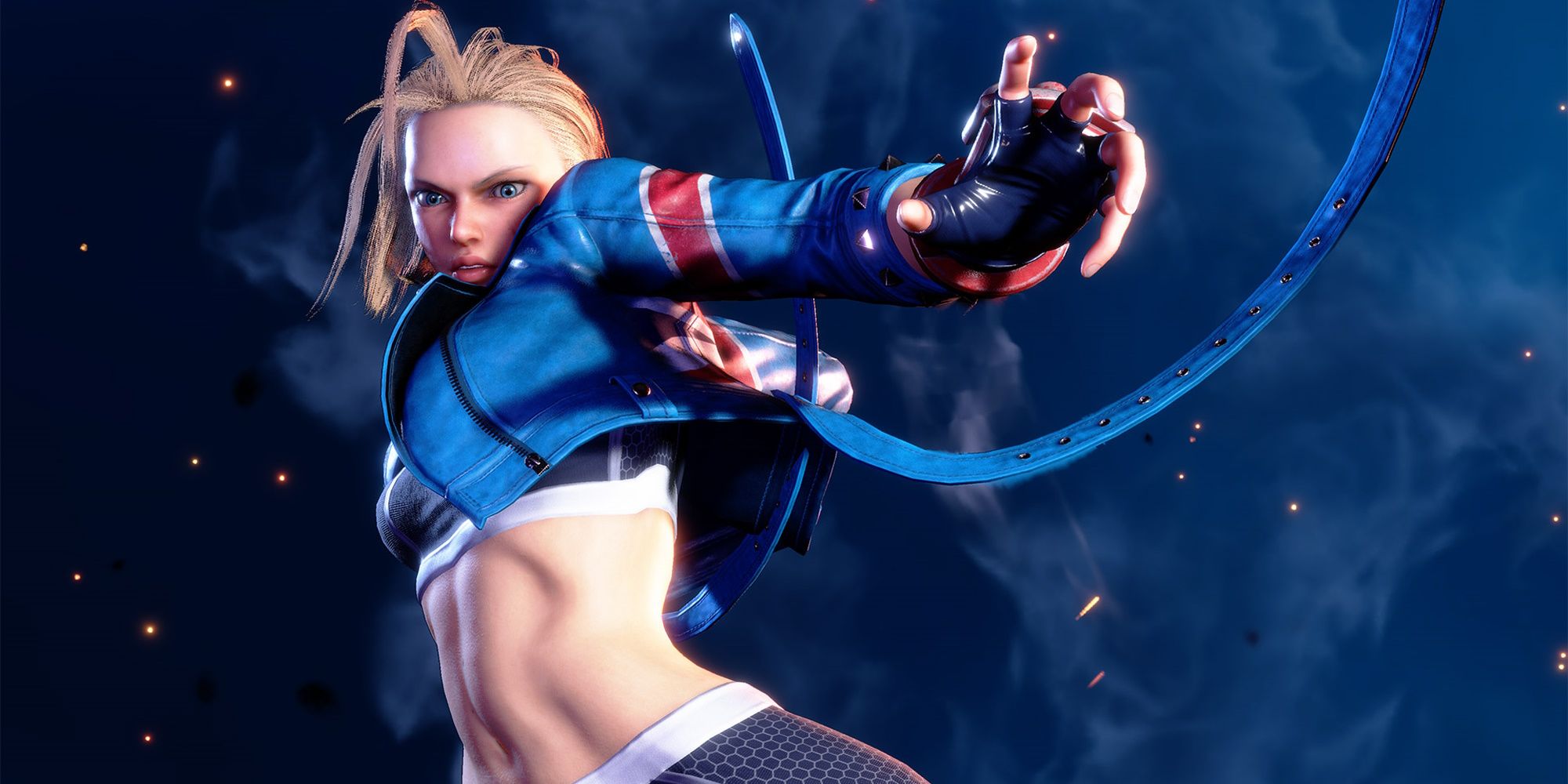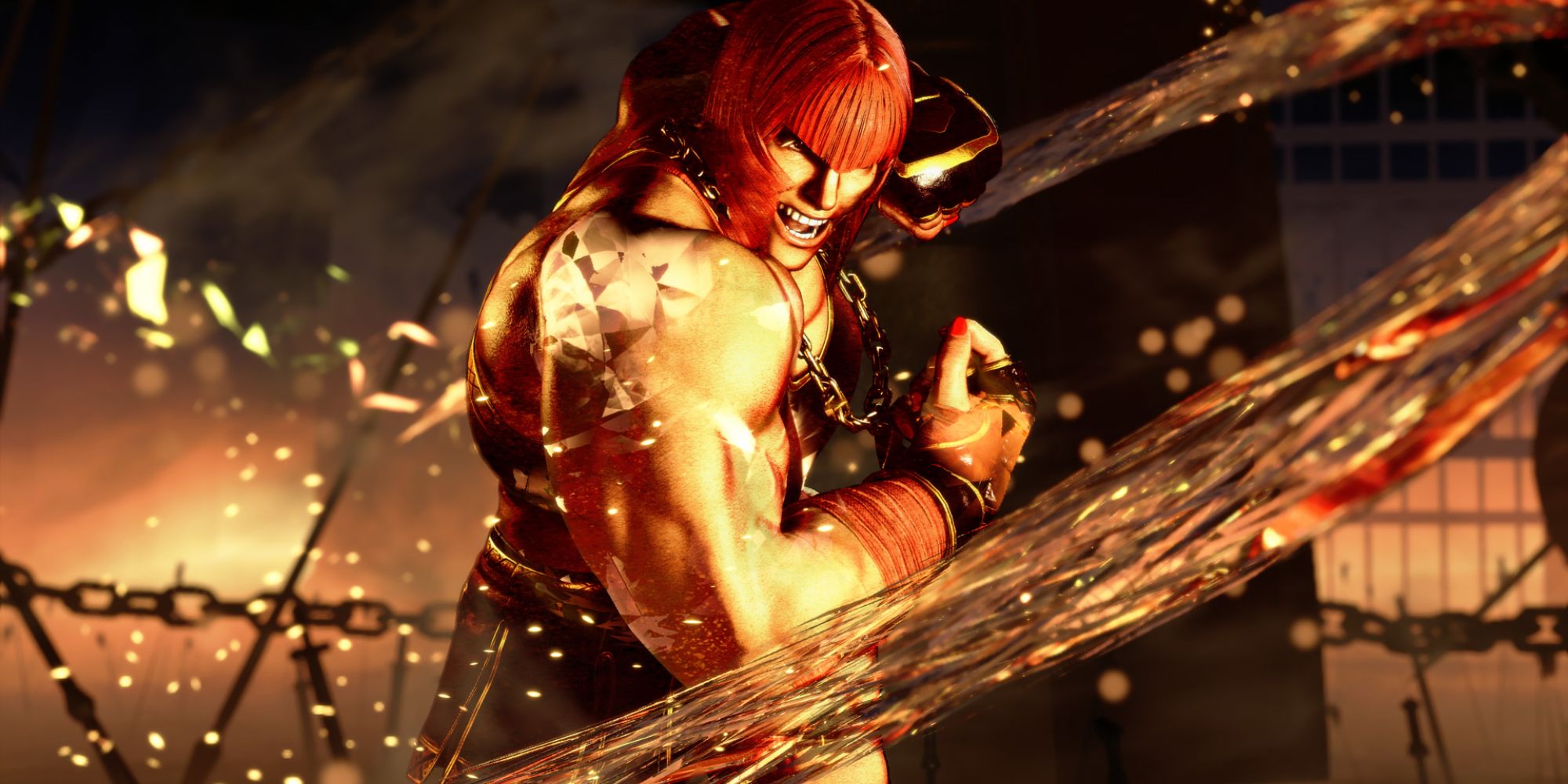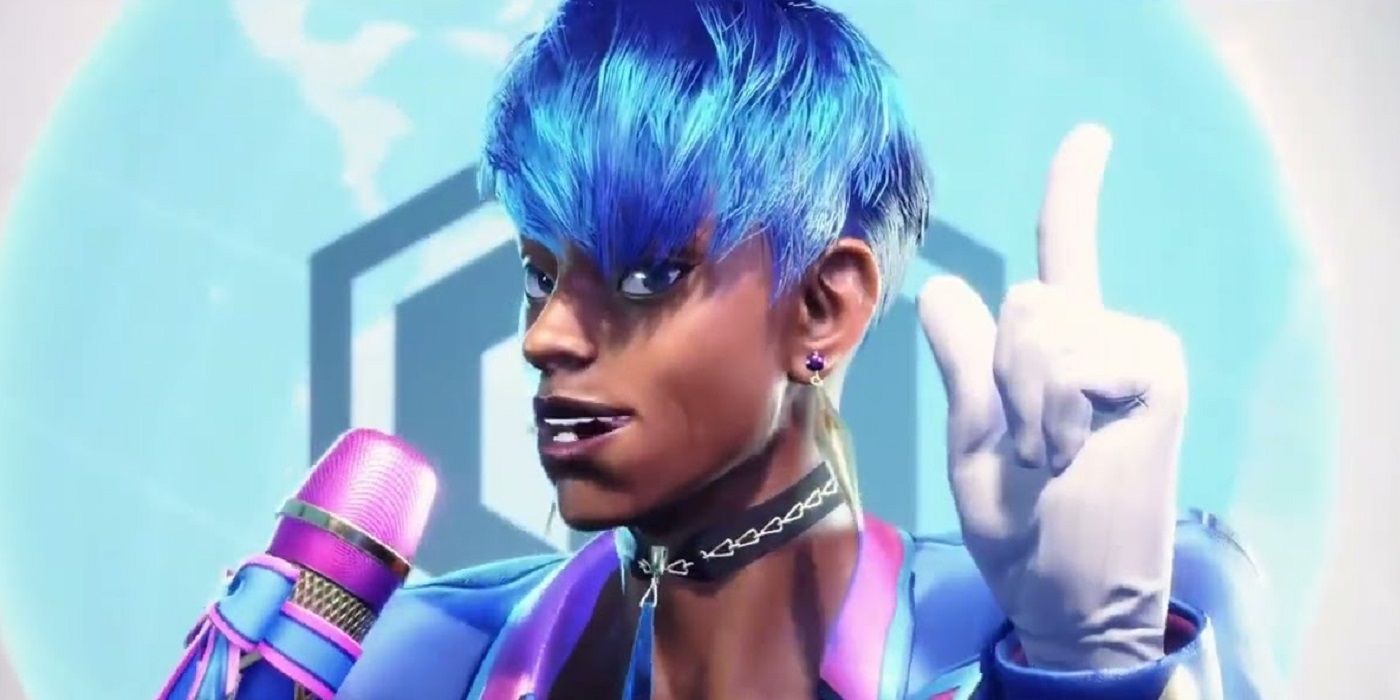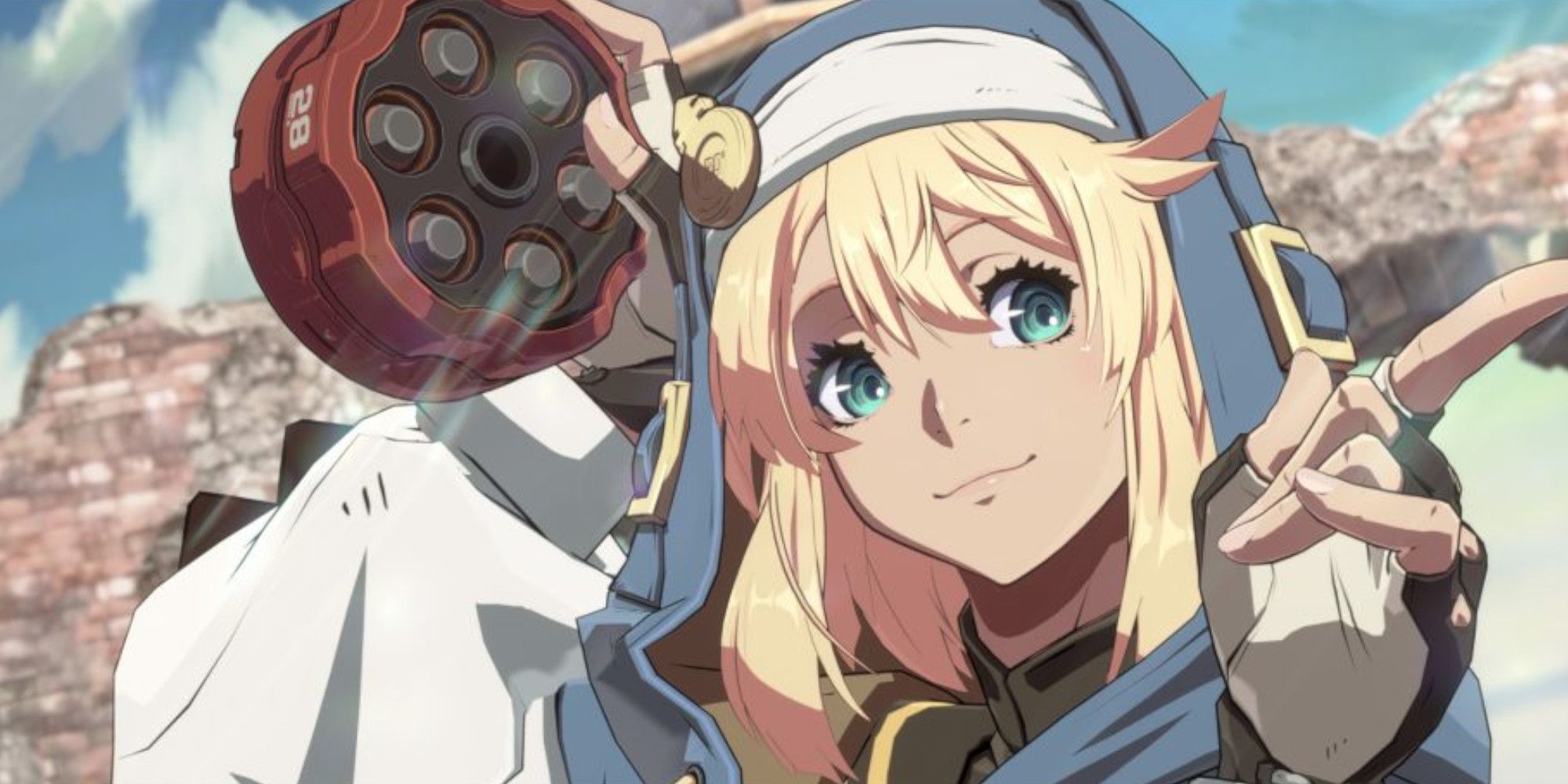When we watched the latest trailer for Street Fighter 6, my buddy told me, “We finally live in a society where Cammy is allowed to wear pants.” We’ve been waiting with bated breath for Street Fighter 6 since its glorious announcement trailer launched last June and there’s an unmistakable feeling that this game is a much needed renewal for what Street Fighter can be.
Finally, the series found its voice for the first time since Street Fighter 2. Fighting Game Community diehards and casual gamers are united in anticipation. Ironically, this new voice comes from discarding tropes that Street Fighter 2 relied on, like ‘the pantsless femme fatale.’
There are several stereotypes that SF6 has abandoned in favor of positive, grounded representations. For example, Dhalsim, a vegetarian pacifist, no longer wears the offensive shrunken skull ‘savage’ necklace (an accessory that remained part of his costume as recently as Street Fighter 5). In addition, Kimberly, the series’s first Black American female fighter, was designed with input from Black consultants and Black Capcom employees.
However, cultural stereotypes are not the only ‘90s relic left behind in SF6. Gender norms have taken a backseat as well. Another new addition to the series, Marisa, is a buff Italian grappler who revels in her size and its connection to the ancient warriors of Greece. This design is a welcome departure from the size 0-6 characters who regularly embody the ‘Street Fighter woman’ mold.
Even queer representation has made a significant, albeit small, step forward in this upcoming sequel. Gamers lucky enough to play the Battle Hub beta had the pleasure of meeting Eternity, the hub’s enby emcee of color who oozes personality and flair. Will Eternity character DLC come in the future? I can only hope so.
Still, Eternity’s inclusion is a meaningful change regarding trans people, especially considering Capcom’s infamously vague stance on Poison’s transness. Eternity puts their queerness front and center, leaving no room for angry fanboy debate.
Street Fighter 6’s progressive steps forward are undeniable. Still, I wouldn’t hand Capcom their flowers just yet. First, it’s important to note that several outside factors pushed Capcom to make these critical changes. Other games have been modernising for decades already, offering characters that better represent the diversity of their playerbase. Fighting games have lower barriers to entry at physical arcades than their console cousins, meaning that the communities tend to be more diverse than other games’, but Street Fighter has still been playing catch-up for too long.
In response to The King Of Fighters’ enthusiastic embrace in South America, SNK added Latin-American characters to the series. For instance, the Mexican characters Ramon, Angel, and Tizoc debuted in KOF 2000, 2001, and 2003, respectively. Several fighting games in the past decade, from triple-A heavyweights to indie breakthroughs, have also found success and cultural relevance by investing in diversity. For instance, Arc System Works touts two influential trans characters: Ladiva in Granblue Fantasy Versus and Bridget in Guilty Gear Strive. While Ladiva is technically Cygames’s IP, she was a ray of sunshine in GBVS, using her muscular brawn and emotional intelligence to support her friends. Returning to Strive after a hiatus, Bridget received a new storyline that addressed her cultural upbringing and allowed her to claim her gender on her terms.
Street Fighter’s 3D triple-A competitor, Tekken, built its brand on the cultural diversity of its cast. For example, the latest iteration, Tekken 7, has a multilingual voice cast, with each character speaking their country’s native tongue. This precise detail makes Tekken feel more globally connected than its peers.
And let’s not forget the work of indie studios. Two of the biggest indie-fighting game hits of the past fifteen years, Skullgirls and Them’s Fightin’ Herds, feature predominantly female casts. Unfortunately, this feat has yet to be accomplished well by triple-A publishers - just look at the cringe fan service in SNK Heroines: Tag Team Frenzy, or Dead or Alive’s volleyball spin-off.
Right now, we’re seeing Street Fighter 6 poise itself for success by prioritizing cultural authenticity, gender inclusivity, and body diversity. There’s a likely chance the game will receive several Game of the Year accolades for this, and I’m excited to see it. But SF6 stands on the shoulders of fans and developers who created the inclusive gaming culture they wanted to see. And you can’t reduce that achievement to the work of a single game.




